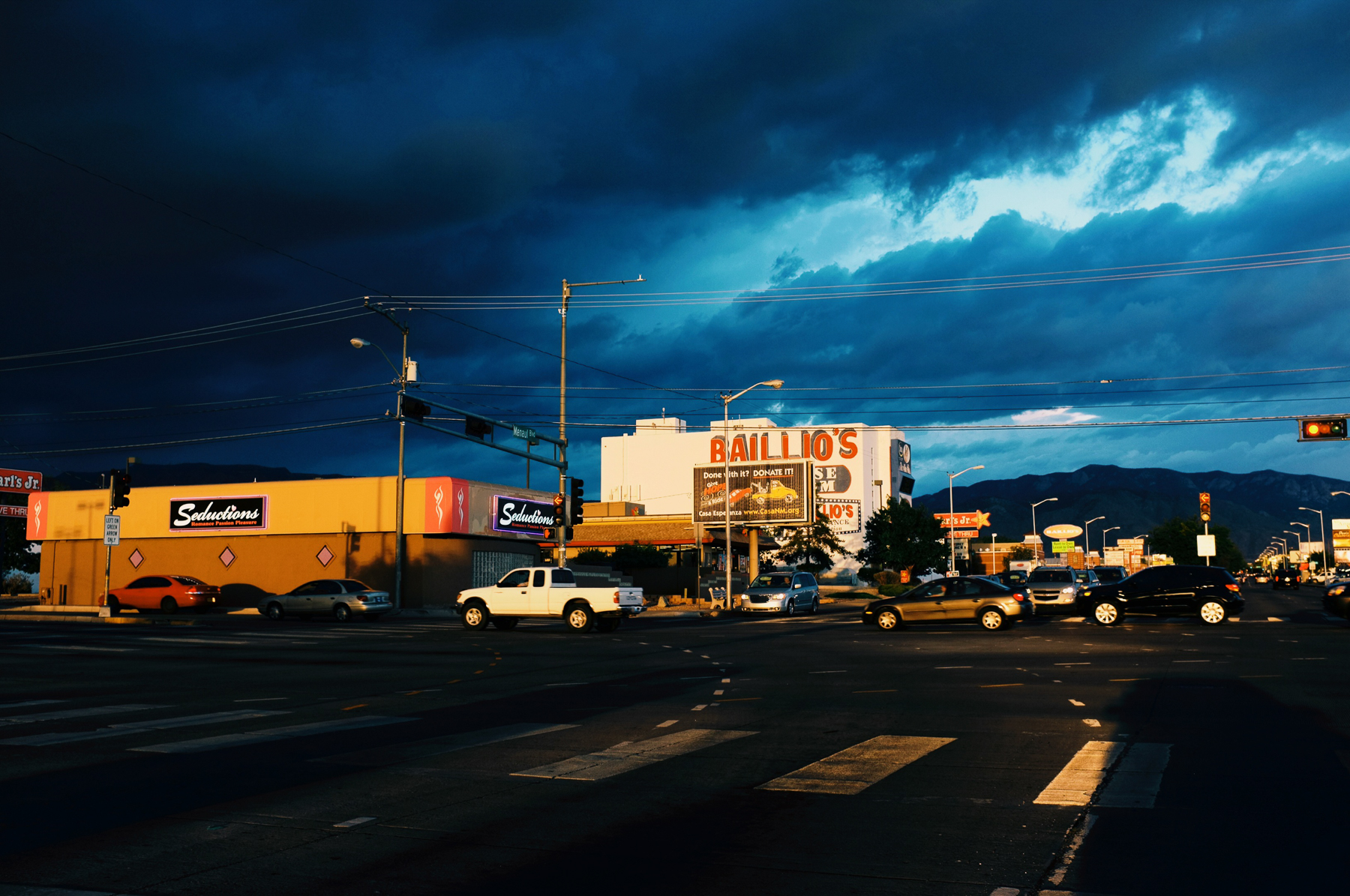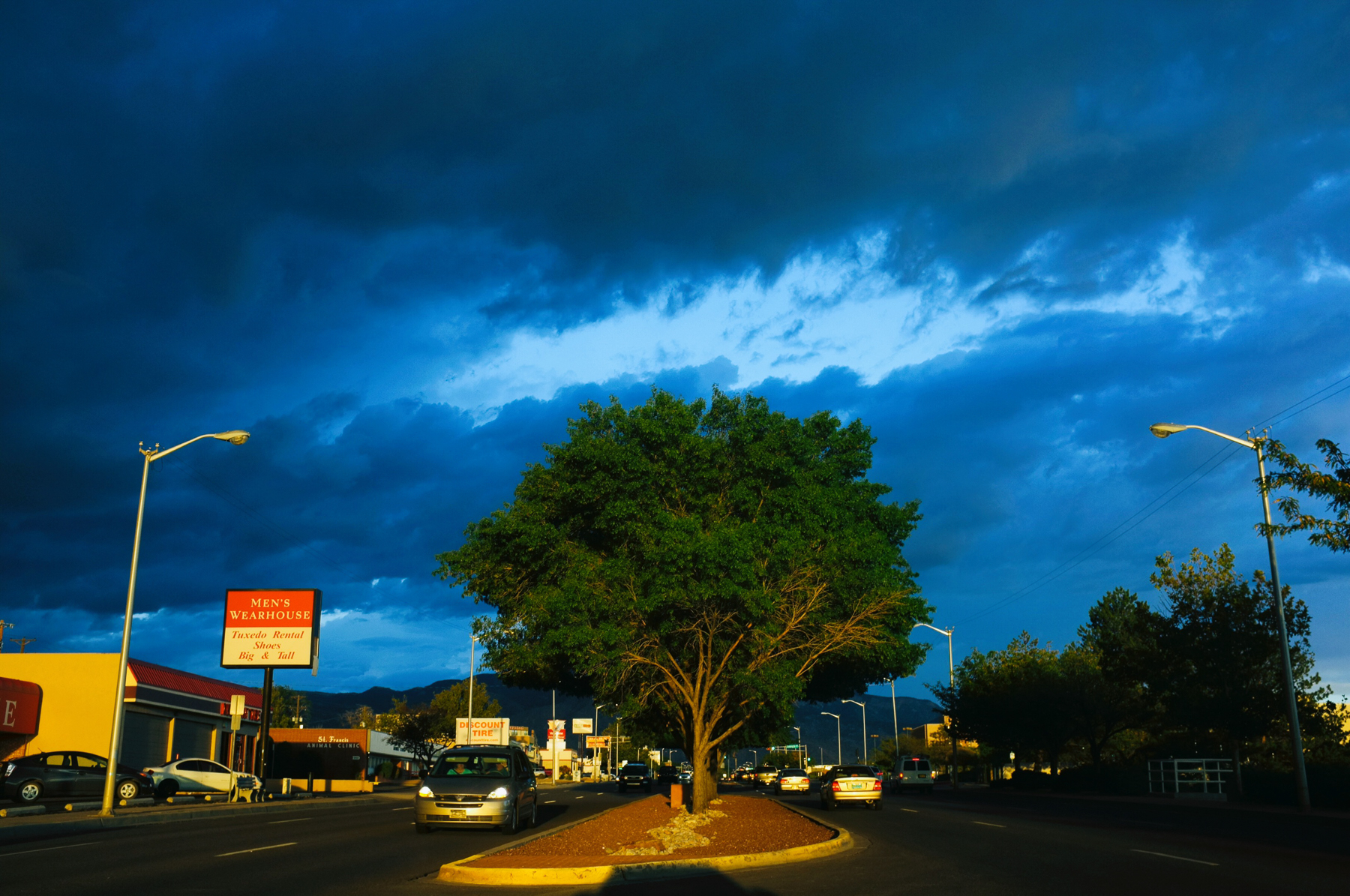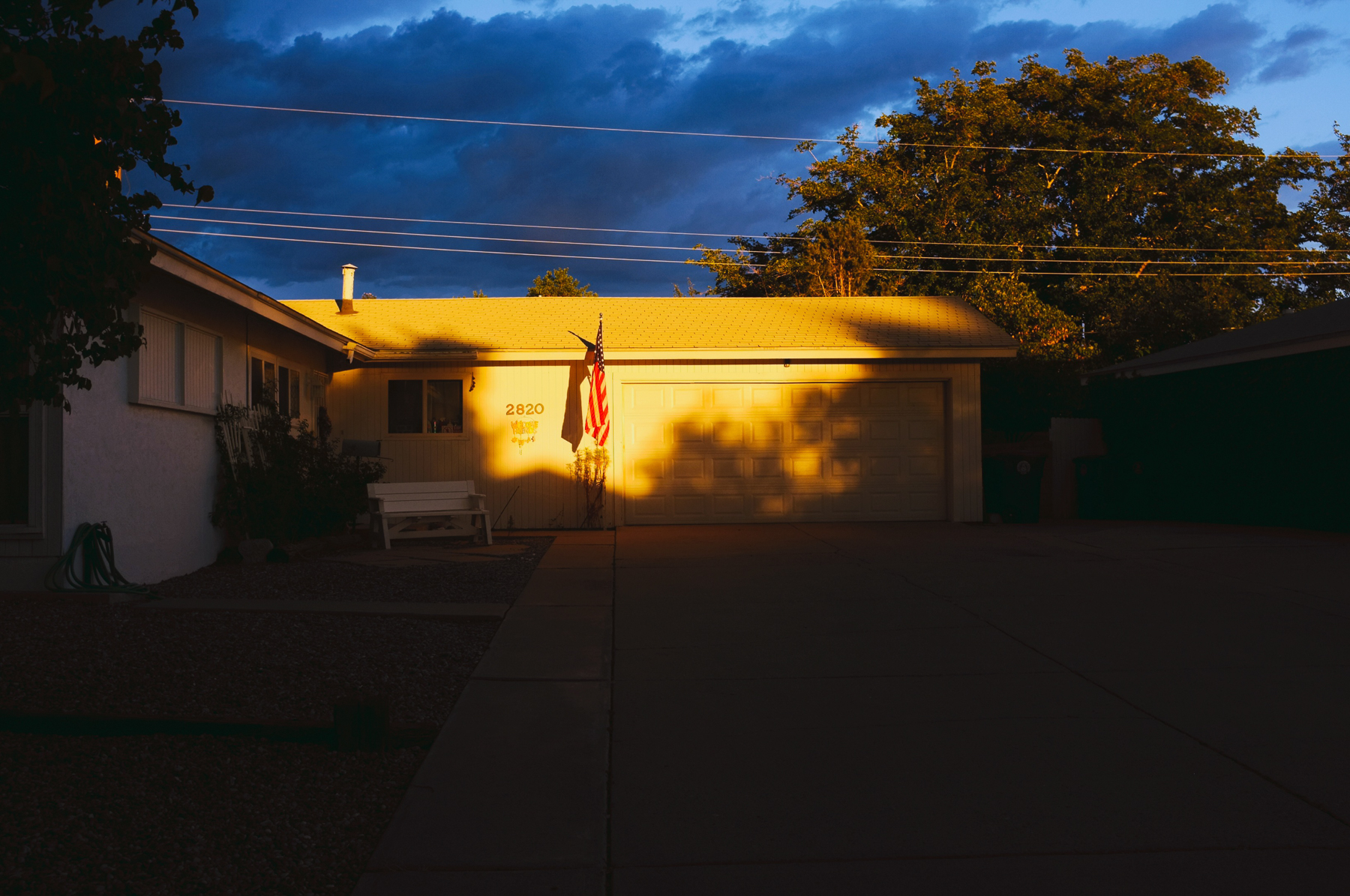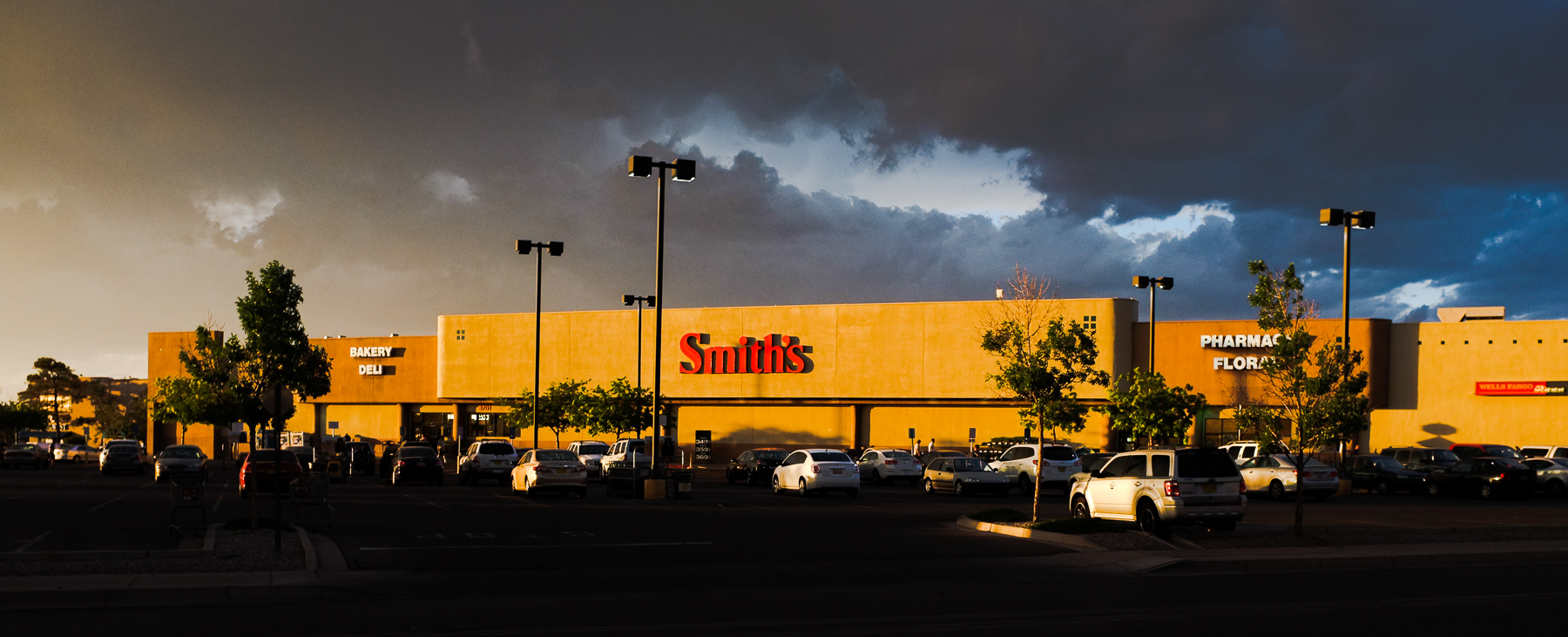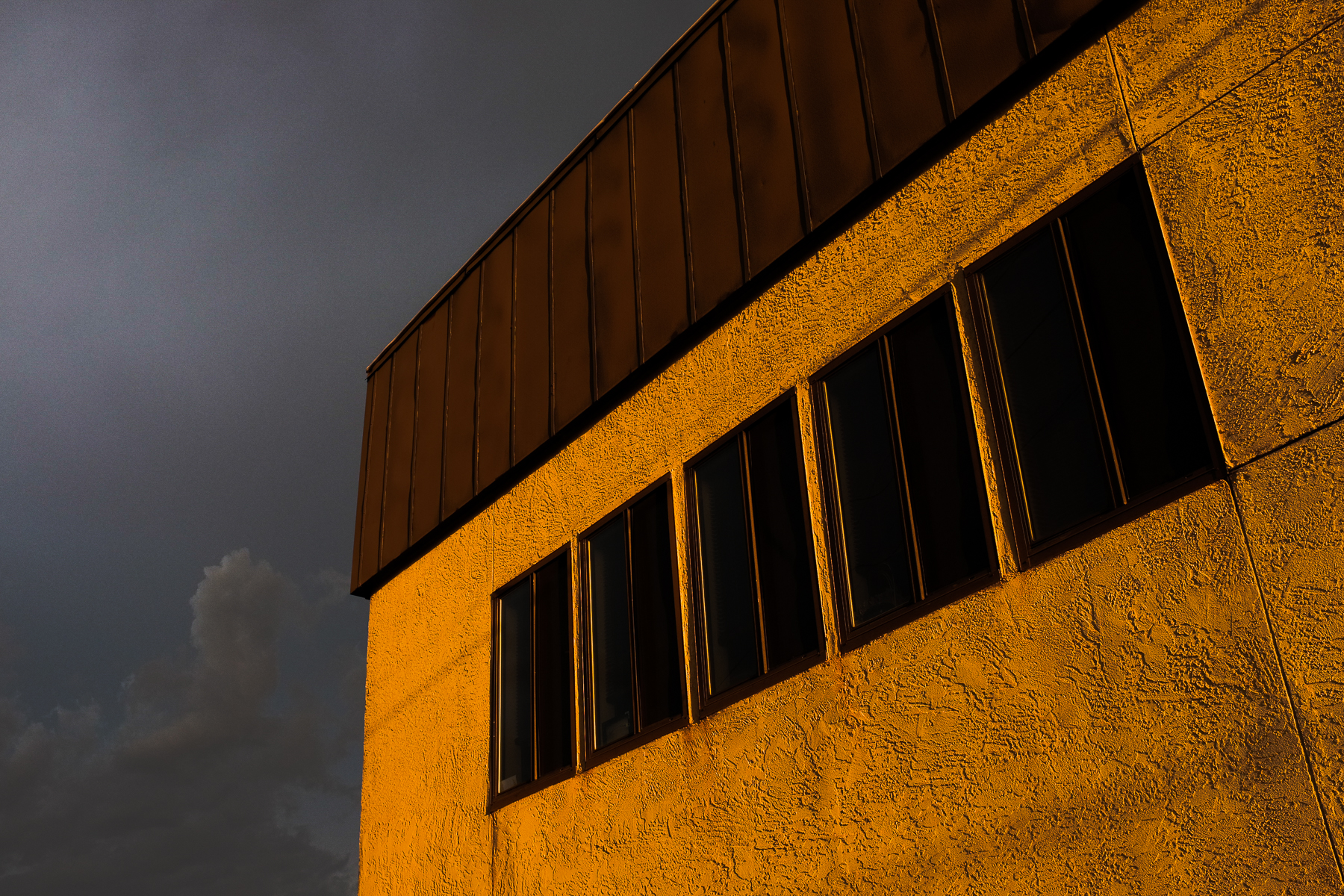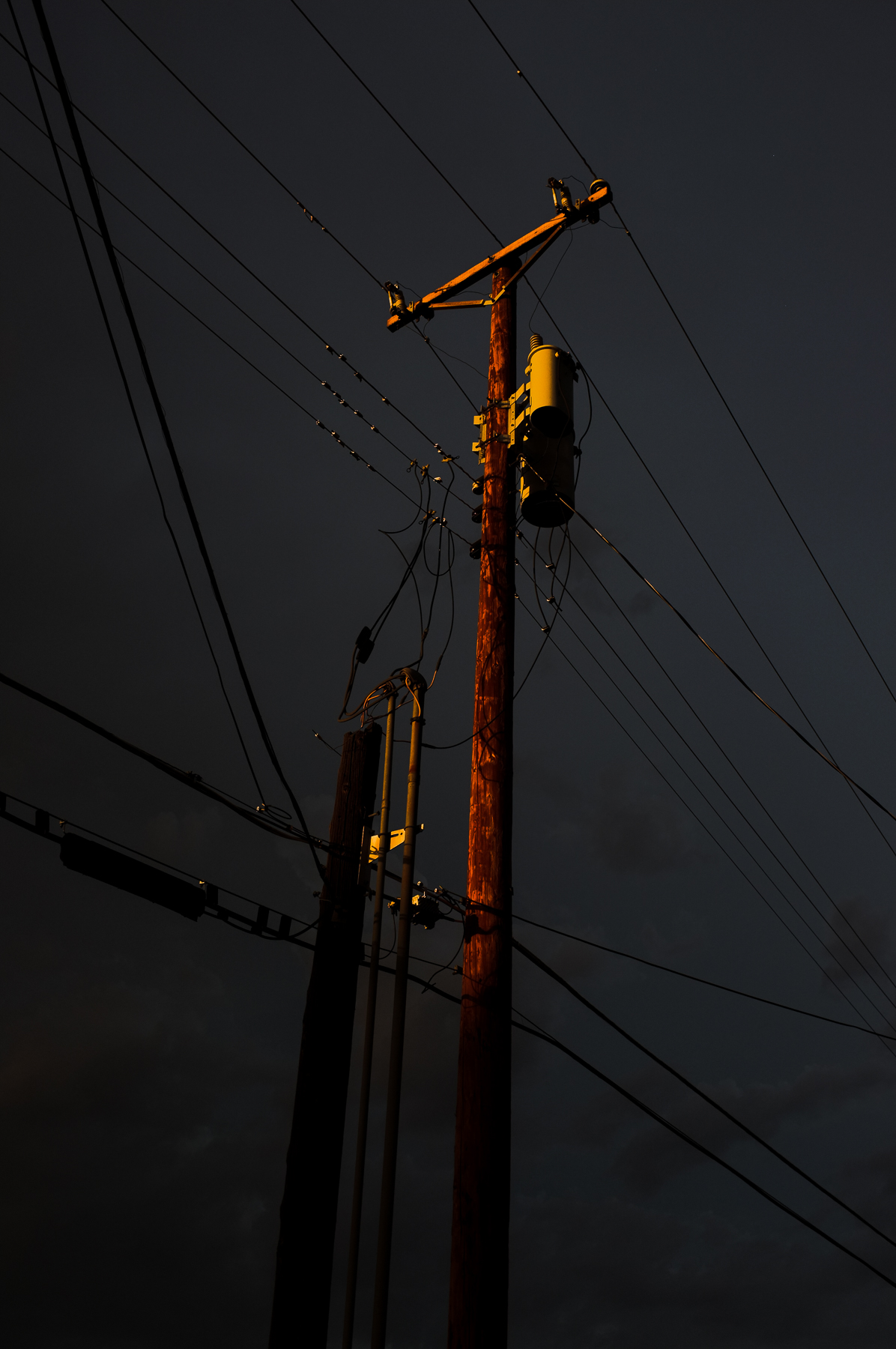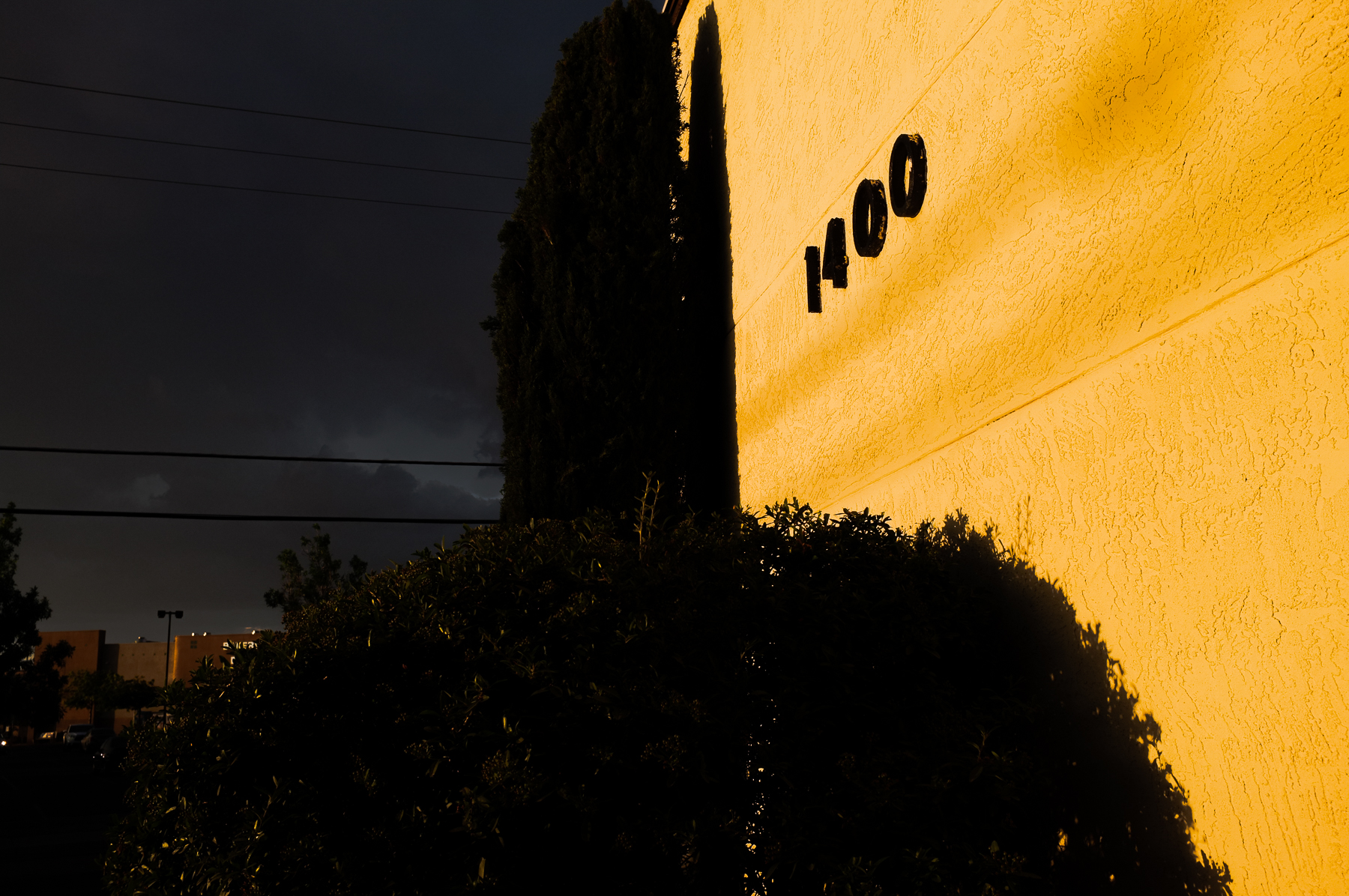I remember when I moved to New Mexico, 19 years ago. I met and spoke with a photographer who was leaving. ” But why?” I asked. “The light?!?”
She looked out the window of the pub we were working in together and sighed. “I moved here because everyone says there is great light,” she said. “But it’s not great light,” she continued, “it’s really harsh light. I think they meant something else.”
I can’t say I disagree with her, 19 years later and a photographer now myself. The light here is so harsh the sunny 16 rule applies about 98 percent of the time. There is light here, tons and tons of it, beating down intensely on everything for hundreds of miles in any direction, relentlessly. It’s why I moved here from rainier climes initially, and also why I stay. But she was right, that photographer, I think there is something else. We have sky like few other states, and incredible landscapes, and open space, and cultures unlike anywhere else in the world, and history. I could photograph here and only here for the remainder of my days.
But the light IS harsh, mostly.
You have to work with it, hide from it, wait for it.
And if you are paying attention, in September and October, you can get some doozies.
I don’t mean sunsets; we have those all the time and they are spectacular. But pointing your camera at another pink and orange and red cloud hovering over the horizon or spreading across the evening sky has become ubiquitous despite the marvels of nature captured. The image below is from a fairly typical sunrise that still takes my breath away.
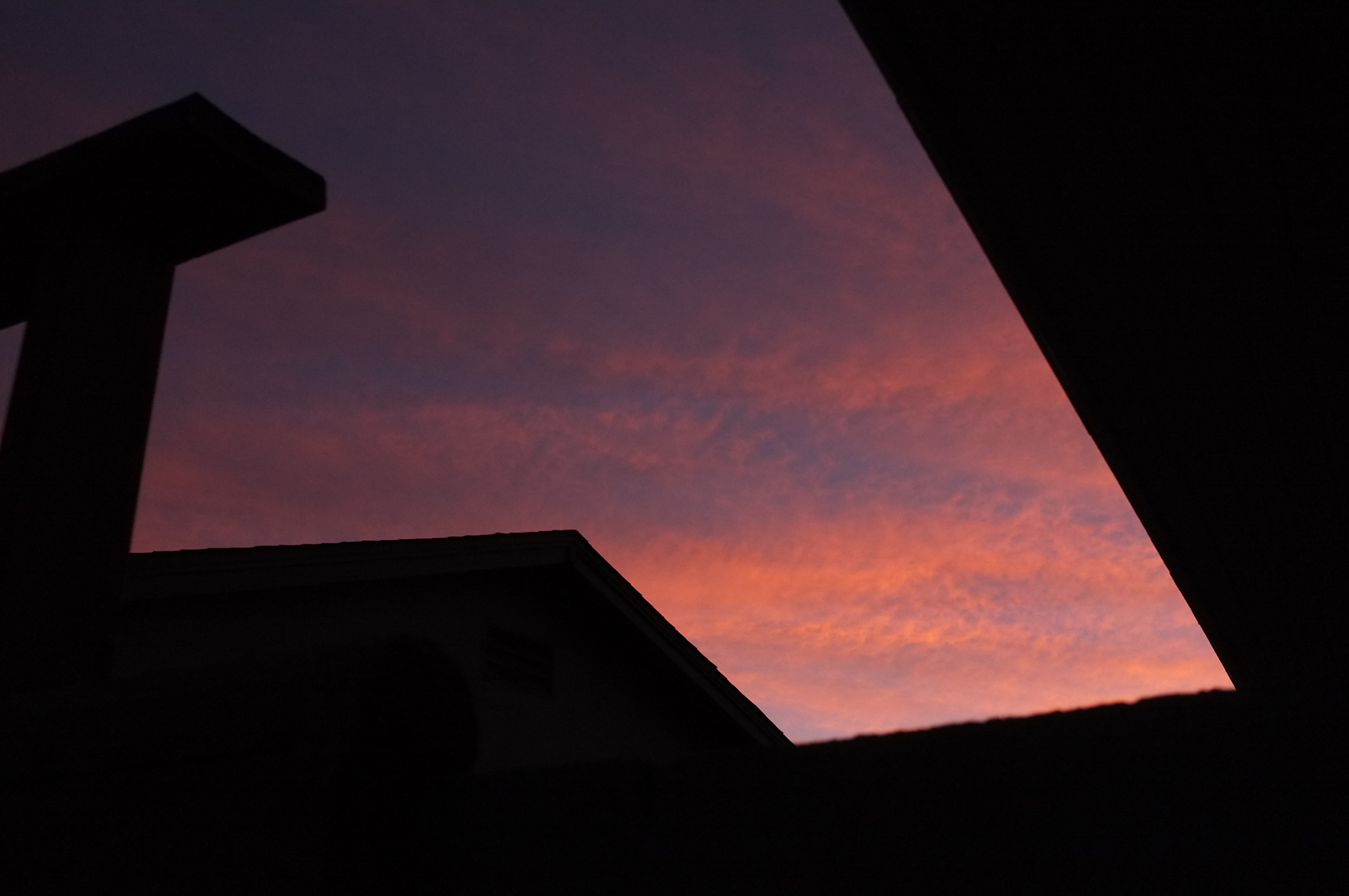 But there are just times in the fall when the atmospheric conditions and that ball of glowing life combine their resources to make the light so spectacular and the viewer so awestruck that you can forget you even carry a camera. But you’d better remember, because light like this is rare and so precious that you need to photograph whatever that light falls on, no matter how mundane. It is that special. It is that fleeting. After, during, or before a storm are some of the best times.
But there are just times in the fall when the atmospheric conditions and that ball of glowing life combine their resources to make the light so spectacular and the viewer so awestruck that you can forget you even carry a camera. But you’d better remember, because light like this is rare and so precious that you need to photograph whatever that light falls on, no matter how mundane. It is that special. It is that fleeting. After, during, or before a storm are some of the best times.

